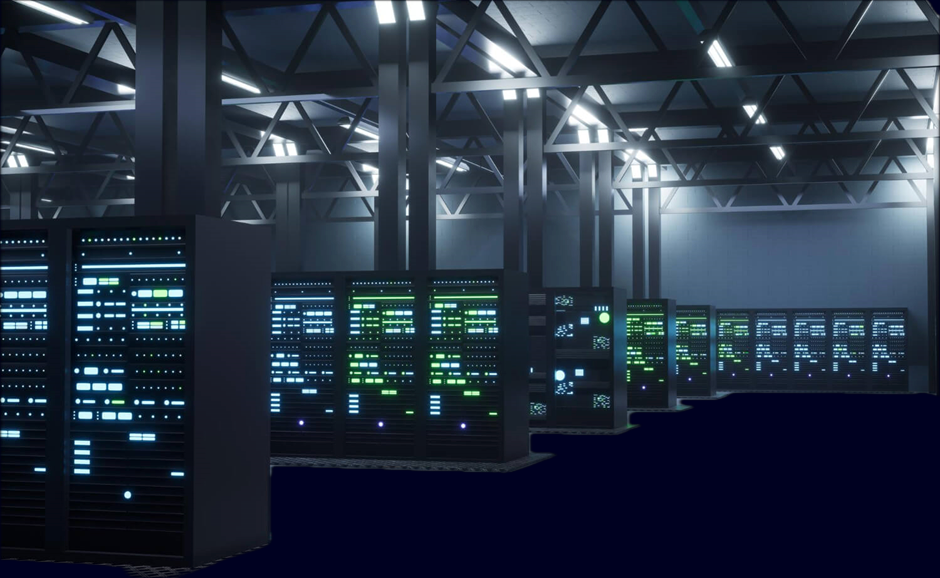Reducing energy costs in data centres is crucial for staying competitive and sustainable. This article shares practical tips and best practices, from switching energy providers to using cutting-edge technologies. Learn how simple changes can lead to significant savings and help your data centre become more environmentally friendly.

Comparing and Switching Energy Providers
Drastically lower data centre costs by switching energy providers. Research the energy market and look at available options. There are companies, like Utility Bidder, that help to compare energy providers. Utilise cost comparison tools like Compare the Market and Uswitch to find the most competitive energy rates.
Think about green energy options to save costs and reach sustainability goals. Look for providers that offer renewable energy plans, such as Bulb and Octopus Energy, and reduce the data centre’s carbon footprint.
Switching to a different provider is simple: evaluate the current contact, compare alternatives, and start the switching process through the chosen provider. Settle new contract terms ahead of time and schedule the switch during low-usage periods to ensure minimal disruption to processes.
Implementing Energy-Efficient Technologies
- Energy-Efficient Hardware
Lower energy costs by investing in energy-efficient storage devices, servers, and networking equipment. They use less power while still upholding high performance, which directly reduces energy bills and increases sustainability.
- Virtualisation
Virtualisation increases service use by running multiple virtual machines on one physical server. This way fewer physical servers are necessary, which saves space and energy and makes management easier.
- Cooling Solutions
Substantially lower energy usage with advanced cooling technologies, such as free cooling and liquid cooling. Apply these solutions to boost cooling efficiency and lower the energy needed to uphold perfect temperatures.
- Power Management
Apply power management solutions to monitor and improve energy consumption in real time. Use software tools to keep track of usage patterns and adjust settings to increase efficiency, which ensures minimal energy waste.
Optimising Data Centre Layout and Design
Use hot and cold aisle containment to make cooling more efficient and use less energy. Place server racks in alternating rows so cold air intakes face one aisle and hot air exhausts face the other. This layout helps data centres to stop hot and cold air from mixing and boosts cooling performance.
Increase airflow management with raised floor systems. These systems ease the circulation of cool air from the floor to the servers to ensure even cooling and counteract hotspots. This design considerably lessens the burden on cooling systems and reduces energy costs.
Transition to LED (light-emitting diode) lighting and use motion sensors to lower energy consumption. LED lighting is more energy-efficient than traditional lights and they last longer. Motion sensors only switch lights on when necessary, which lowers energy usage.
Renewable Energy Integration
Generate clean energy at your data centre by installing solar panels or wind turbines. This reduces long-term energy costs and decreases dependence on conventional power sources. Think about how suitable your data centre’s site is for renewable energy installations and possible savings.
Store extra energy generated by on-site renewable sources in battery storage systems. This way, your data centre has a constant power supply and backup during outages. Evaluate the capacity needs and integration capabilities needed for peak performance.
Team up with energy providers to sell leftover renewable energy back to the grid. Data centres can earn energy credits and lower overall costs. Collaborate with your provider to navigate regulations and get the most financial benefits possible.
Monitoring and Managing Energy Consumption
Data centres must implement energy management software. They provide real-time monitoring and analytics that let you keep track of precise energy consumption. This simplifies the identification of inefficiencies and lets you make quick corrections.
Perform regular energy audits to uphold optimal efficiency. These audits identify areas that use too much energy and provide possible improvements. This proactive approach ensures that data centres work at the utmost efficiency and cuts unnecessary energy expenses.
Implement and keep track of KPIs (Key Performance Indicators) dealing with energy efficiency. PUE (Power Usage Effectiveness) is one of the KPIs that give benchmarks to measure progress. Review these metrics regularly to ensure continuous improvement and cooperation with energy reduction goals.
Employee Training and Awareness
Drastically lower data centre energy costs with effective employee training and awareness initiatives. Provide employee training on the best energy conservation practices, like efficient cooling techniques and enhancing server usage. Host regular workshops to remind people of energy-saving methods.
Introduce incentive programs and reward systems to motivate employee contributions to energy-saving initiatives. Recognise and reward energy conservation efforts to promote a culture of sustainability at data centres.
Keep open communication lines about energy conservation achievements and goals. Engage and inform employees with regular newsletters and updates to highlight the importance of their participation in lowering energy usage.
Conclusion
Data centres that implement these practices and technologies can substantially lower energy costs while promoting sustainability. Embracing these strategies not only leads to financial savings but also contributes to a greener future, making your operations more efficient and environmentally responsible.
Sources:
- https://www.energystar.gov/products/data_center_equipment/16-more-ways-cut-energy-waste-data-center#:~:text=Curtains%20or%20Plexiglas%20panels%20can,by%205%25%20to%2010%25
- https://community.fs.com/article/five-ways-to-improve-data-center-energy-efficiency-and-cut-energy-costs.html
- https://www.buildings.com/industry-news/article/10192816/10-ways-to-save-energy-in-your-data-center
